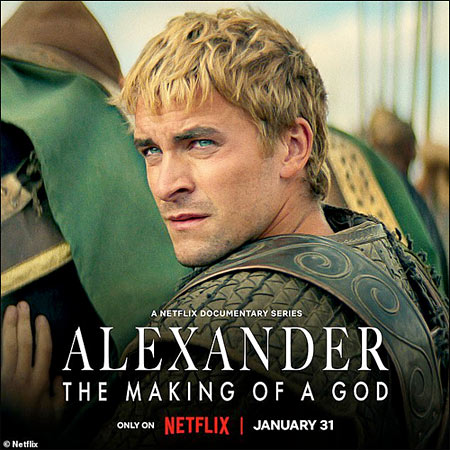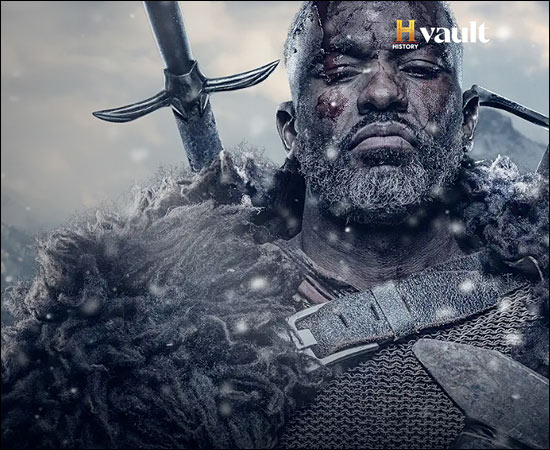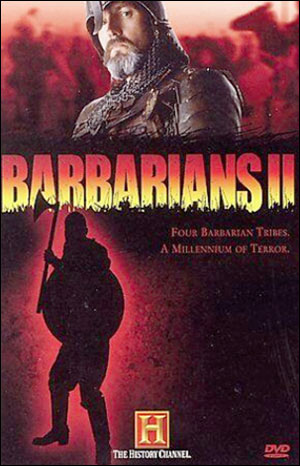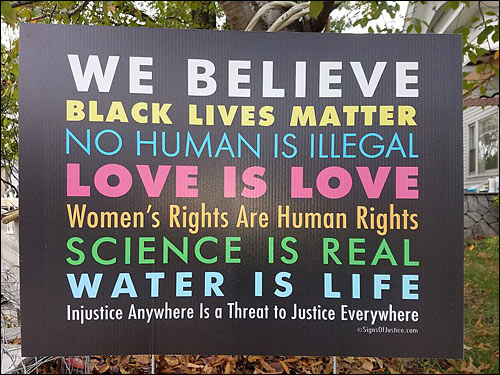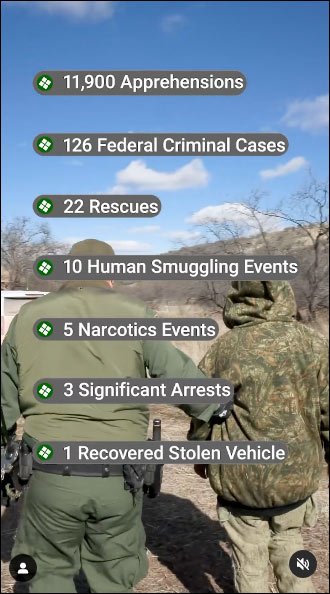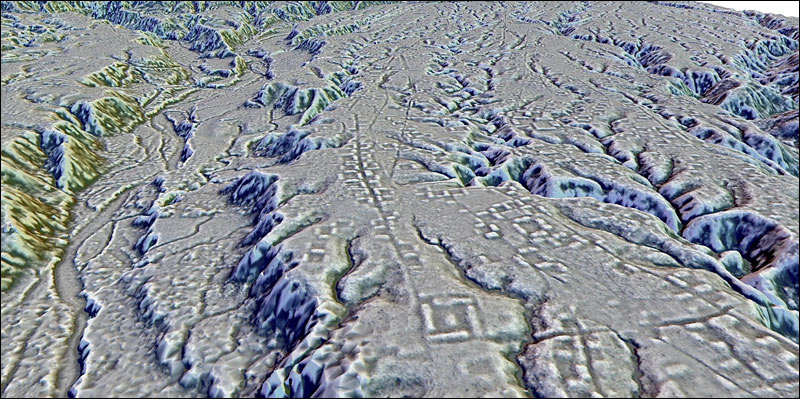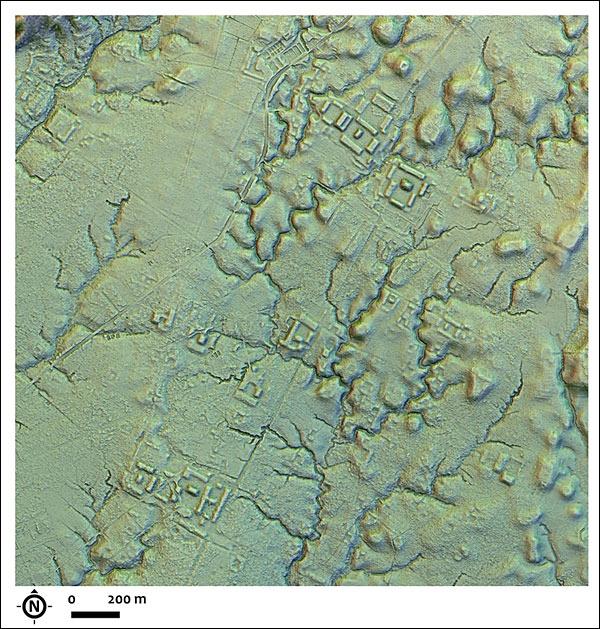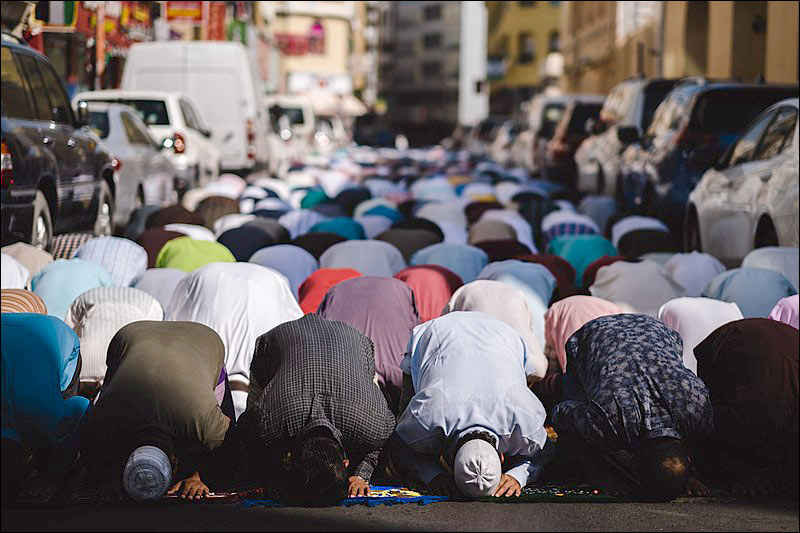
Image from Wikipedia.
Following is a summary of this article by Raymond Ibrahim:
Germany’s top domestic intelligence chief from 2012 to 2018 Hans-Georg Maaßen said in a recent interview that “Europeans will succumb to Islam,” where the ideology is projected to take over Europe within the next few decades due to the radical demographic changes that are occurring.
According to conservative estimates from Pew Research, Europe’s Muslim population will triple over the next 25 years to be 76 million. However the actual current and future numbers are likely even much higher. For example, an earlier 2011 Pew Research study has found: “The number of Muslims in Europe has grown from 29.6 million in 1990 to 44.1 million in 2010. Europe’s Muslim population is projected to exceed 58 million by 2030.”— Therefore 58 million Muslims five years from now is much larger than than 76 million in 25 year’s time.
Islam’s rapid growth in Europe is due to out of control mass migration that has been occurring, but also due to the fact that average Muslim women have significantly more children than average European women. The name “Muhammad” is the most popular name for newborn boys in Europe.
In the interview, Hans-Georg Maaßen explained that what is happening is intentional on the part of Europe’s ruling elite:
[O]ur politicians want a different population. The political left follows the course of the anti-German ideology. The more heterogeneous a population, the less able it is to articulate itself and have a democratic say. The more politics accept immigrants from other countries as they see fit and grants them citizenship, the more politics select the people of the state and influence the election results. These migrants then vote differently than the locals.
He explained that it would be easy for the European governments, especially Germany and Austria, to put a stop to the out of control immigration that is happening in those countries, but they refuse to do it.
He cites a recent “migration summit” in Germany, that was a “show summit” which focused only on how to raise more money for asylum seekers and for asylum procedures, where nobody focused on the question of, “Why are we letting these people into Germany and Europe in the first place?”
Every European city that has a significant migrant presence has become full of violent criminal activity. For example, even back in 2017 an article entitled “Austrians living in fear as violent migrant gangs carry out DAILY attacks in Vienna,” reported:
Muggings and beatings are becoming commonplace in the historic capital city, with passersby being attacked on almost a daily basis…. The Praterstern area, just outside central Vienna, is now controlled by North Africans and is considered the worst area in the city for crime. Despite police increasing their presence in the area it has become riddled with crime. On the other side of the city, the area surrounding the West Railway Station has been taken over by Afghans who have been making headlines for all the wrong reasons…. Crimes carried out by migrants in Austria have risen rapidly over the past year as more arrive in the country. Last year [2016], there were a total 22,000 criminal complaints against migrants, up from 14,000 in 2015, the Austrian Interior Ministry revealed. Sex attacks carried out by asylum seekers has become a serious problem in Austria, with a 133 per cent increase in migrant sex attacks in the past year since the migrant crisis erupted. Swimming pools and other public venues have become some of the most prevalent areas for attacks to take place.
After rioting recently occurred in Ireland in response to an attack by a Muslim who stabbed three small children and their caretaker (link), Ireland responded by heavily curtailing free speech (link). Also Denmark is now forbidding mockery of Islam despite the fact that it had always allowed mockery of Christianity under “freedom of expression.”
Maaßen explains that the unchecked migration is happening because Europeans have no motivation to eject their traitorous leaders:
We don’t know where we want to go. What should Germany or Austria look like in 2030? We are living only in the moment, and therefore we are losing out to others who have a religion or ideology, who know where they want to go. We lack a mission… Mostly Muslims come to us with a completely different awareness of culture, religion and family. In secular Europe, religion and family — if they are still important at all — are a matter for the individual, but in these cultures it is a matter for the clan.
…
Europeans will succumb to Islam. On the one hand, because they are unable to even see this conflict coming, and on the other, because they are incapable of resolving conflicts in a similar fashion.
… [W]e’re incapable of resolving conflicts even by means of violence, like family clans do from the Arab states. These people resolve conflicts by violence, whereas people in Central Europe think that this can only be done through the courts.
Maaßen is saying that most Western people are so accustomed to believing that the “rule of law” still exists that they are simply waiting and expecting their authorities to fix the problems, which will not happen— whereas many incoming Muslims are accustomed to needing to resolve conflicts using hostility due to being acclimated to the dysfunctional situations in their originating countries. The sooner that Europeans realize this is the case, the better. Otherwise, the end result will be the destruction of the European culture.
[Note: I believe that the use of the system of the rule of law can be fixed if enough people become more informed about the little-understood corrupt aspects of the system. Also see the videos on the bottom of this article that explain problems of Islamization that is happening in Europe.]
